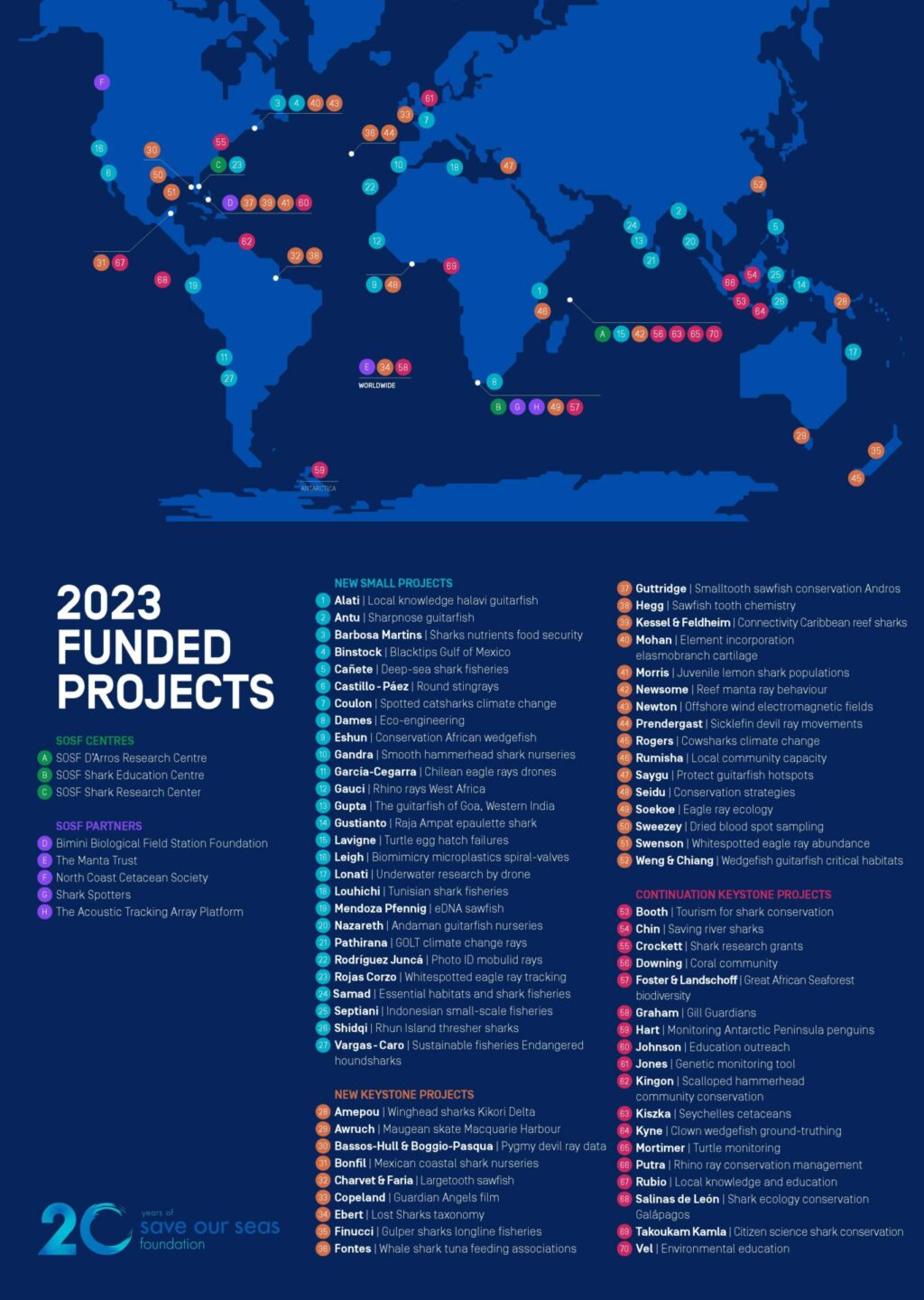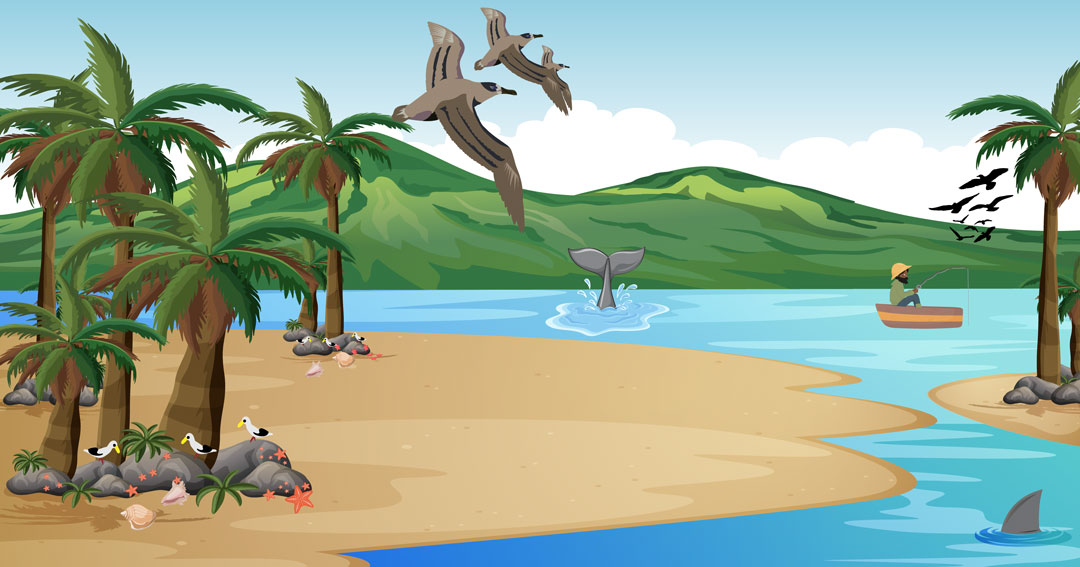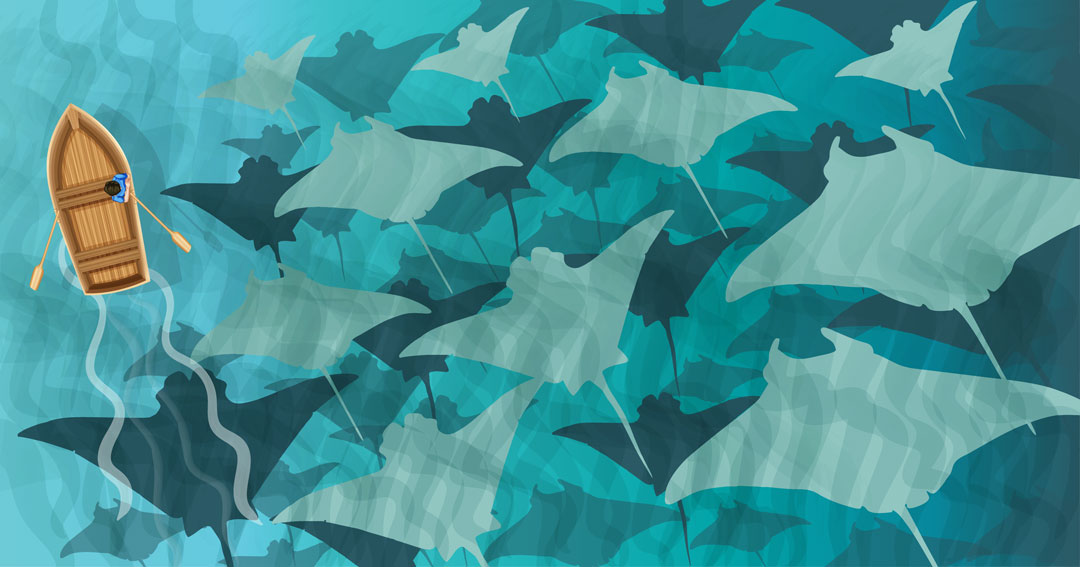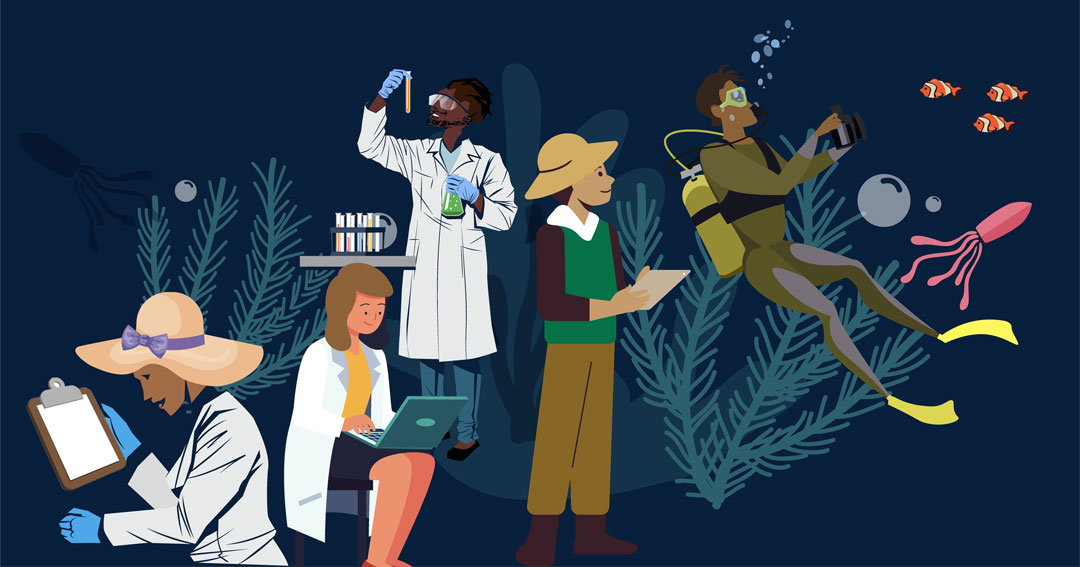It’s a bonus birthday year – and we’re celebrating with 75 projects!
The Save Our Seas Foundation celebrates its 20th birthday in 2023, a milestone in shark and ray research, conservation and education. It’s really interesting to see how far we’ve progressed in two decades. At its core, the Foundation’s mission remains the same, but the 2023 cohort of grant recipients encompasses an array of species, countries and topics we probably could not have even imagined 20 years ago.

There’s a mystery afoot: a flattened shark cousin called the Maugean skate is disappearing from its only known stronghold in Macquarie Harbour, Tasmania. And around the island of Cagayancillo, flung far into the Sulu Sea, the secrets of deep-sea sharks need to be unravelled if we’re to save their populations in time. On the coast of West Africa, it’s a race against time to find five rare ‘rhino rays’ before they vanish entirely.
These are some of the astounding challenges that shark and ray scientists around the world are encountering. And in a bid to support their efforts, the Save Our Seas Foundation is thrilled to announce its new grant recipients for 2023: among them, Cynthia Awruch, Titus Cañete and Claire Gauci, who are working on each of the above projects respectively. The range of projects funded this year considers some powerful themes in shark and ray conservation, from shining a light on the more oft-ignored rays and skates to tackling issues of climate change and disentangling the complex threads of shark fisheries – each project has been chosen for its scientific innovation and relevance for conservation.

Working in under-resourced and developing nations, and promoting work on challenging coastlines and often-ignored deeper reaches, has been a primary objective when looking at funding projects for 2023. Artwork by Josie Thorne | © Save Our Seas Foundation
The ‘flat sharks’ – the less charismatic kin of sharks – are being investigated with fervour this year. There are researchers asking questions about highly threatened species. Michelle Soekoe in South Africa, for instance, is figuring out vital information for Critically Endangered common eagle rays and asking whether the southern African species is the same as that found in the north-eastern Atlantic – or an undescribed species entirely. There are scientists using novel techniques to gain new insights into flat sharks’ lives. One example is Ana Maria Garcia Cegarra, who is gaining a bird’s-eye view by using drones to detect Chilean eagle rays in the sandy shallows along the Atacama Desert coast. And there are many new project leaders who are intent on solving challenges for the most threatened species of rays, skates and shark-like rays. Patricia Charvet is searching for largetooth sawfish on the Amazon Coast, while Jens Hegg is looking at whether the rostrum teeth of long-dead sawfish specimens archived in museums could tell us the story of their lives. Trisha Gupta is looking at the overlap between fisheries and the shallow habitats of guitarfish in Goa, India.

This year, the diverse but often threatened cousins of sharks - the rays - were a focus for many funded projects, and Endangered species remain a priority for action. Artwork by Josie Thorne | © Save Our Seas Foundation
Climate change looms large on the priority list for shark scientists. If we can explore the possible implications of rising sea temperatures and changing ocean chemistry for sharks and rays now, we are better equipped to manage their populations as our world shifts and we slip and slide our way into an uncertain future. Buddhi Pathirana is deciphering the relationship between the size that rays can grow to and the surrounding sea temperature. Could warmer seas mean smaller rays? We need to understand the maths to find out. Alice Rogers is setting out for the far end of the planet to understand how New Zealand’s sevengill sharks will respond to extreme weather events like drought and floods, and to climate change. Even in the most remote Fiordland in the south-eastern corner of Aotearoa, Alice knows that sharks will experience the global reach of climate change. And Noémie Coulon is testing the impact of a warming and acidifying ocean on how sharks reproduce, focusing on the developing embryos of small-spotted catsharks in the north-eastern Atlantic from where she is based in Brittany, France. The ability to produce healthy new generations of sharks is key to the long-term survival of any species.
As our ever-expanding human footprint blooms across our oceans, our impacts can be felt in fisheries, in the development of new projects (even the energy-efficient and conservation-oriented among them) and the permanence of our presence broken down into the untold billions of microplastics. This year, there are project leaders working hard to interrogate our impact in a variety of ways. Kyle Newton wants to know what offshore wind development along the US coast will mean for the sensitive electromagnetic reception capabilities of sharks and rays. Ana Martins is analysing the value of shark meat from its nutritional content in global food and national security. Brittany Finucci is satellite tagging deep-sea gulper sharks to track their overlap with longline fisheries and understand how better to manage these sharks based on their stress responses to fishing. And Samantha Leigh is taking inspiration from sharks themselves, designing a microplastics filter based on the flow dynamics of a shark’s spiral intestine.

Fostering the next generation of conservation leaders means supporting early career scientists, and young educators and conservation practitioners from a variety of countries around the world. Artwork by Josie Thorne | © Save Our Seas Foundation.
While every project is selected for its scientific interest and integrity and its relevance for conservation, there remains a particular push for the Save Our Seas Foundation to concentrate its efforts on supporting young researchers, science in developing nations and research focused on under-represented species, habitats or regions. And this year is no exception; indeed, there are projects from as far afield as the Kikori Delta in Papua New Guinea and Fiordland in New Zealand to Tunisia, Ghana, Indonesia, Chile and Peru. While many of the challenges we face in shark and ray conservation are the same as they were two decades ago, the way we now have capacity to tackle them is really what has changed: new methodologies, biomimicry that draws inspiration from nature itself, and innovative technology that allows us to fly higher and dive deeper than ever before. The 2023 cohort of project leaders ranges from established taxonomists like Dave Ebert, who is searching for ‘lost sharks’ to ensure we don’t lose sharks we’ve not yet even learned about, to a host of emerging scientists, like Bernard Eshun, who is studying the African wedgefish in Ghana; Miguel Gandra, who is mapping nursery habitats for smooth hammerhead sharks in Portugal; and Rihab Louhichi, who is characterising the shark fisheries of Tunisia.
To learn more and track project news, visit the Project Leader story section here and follow the Save Our Seas Foundation on social media.
